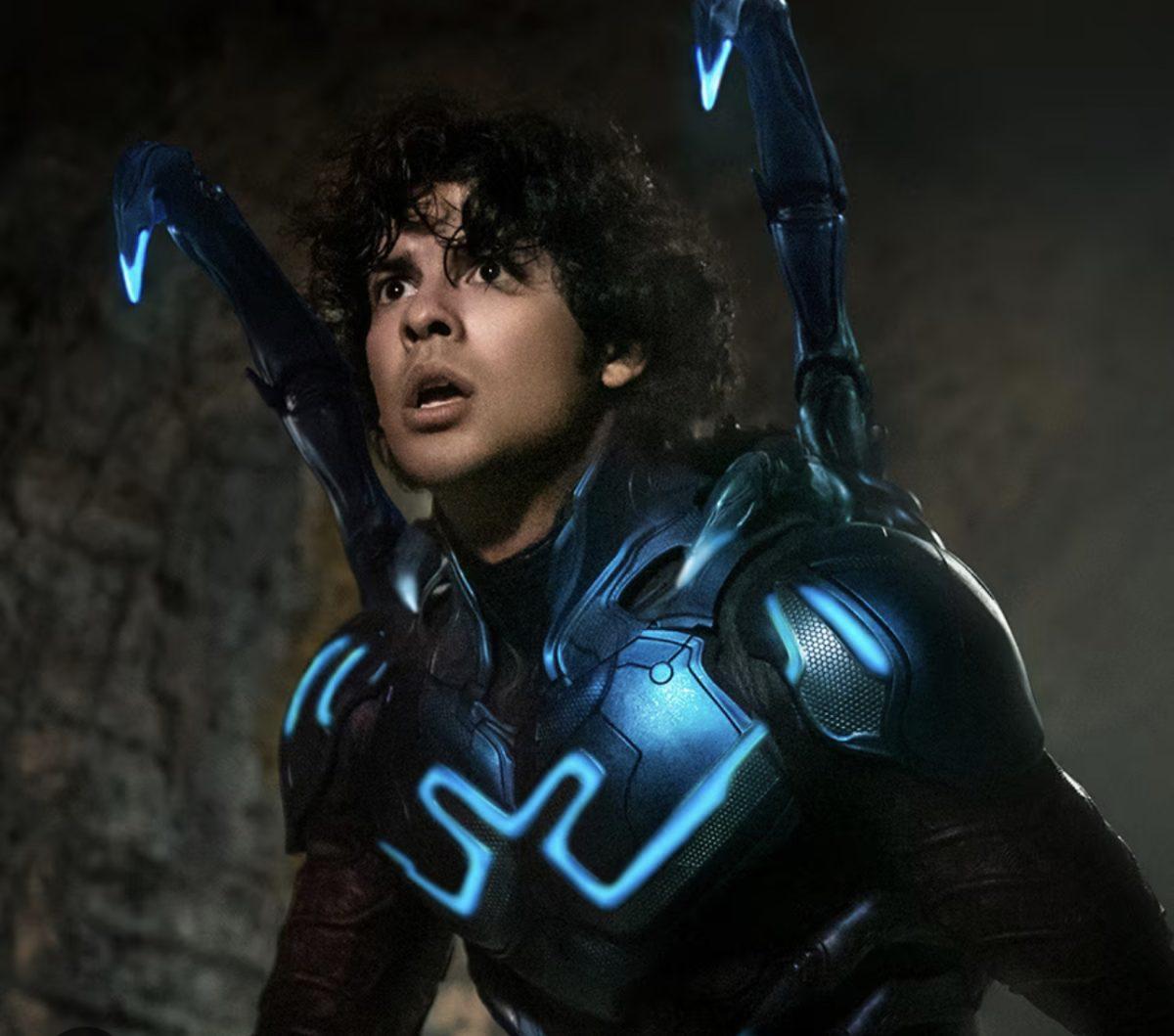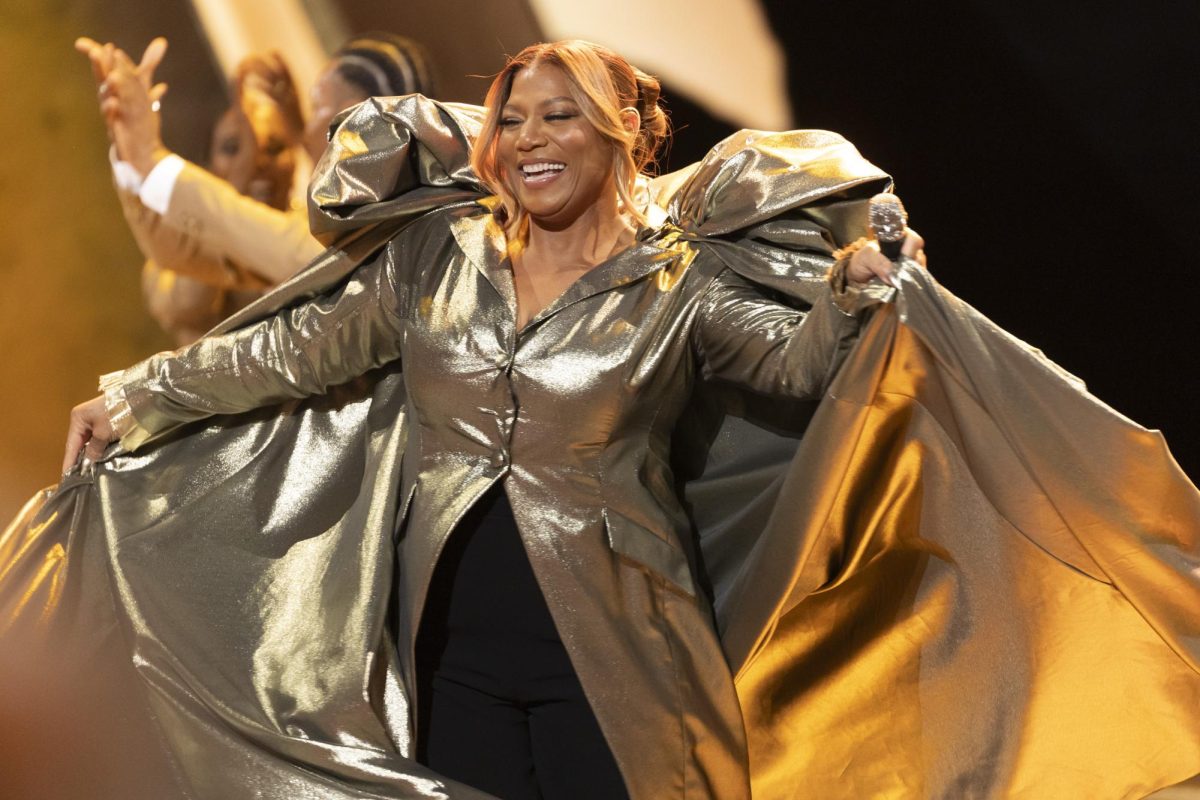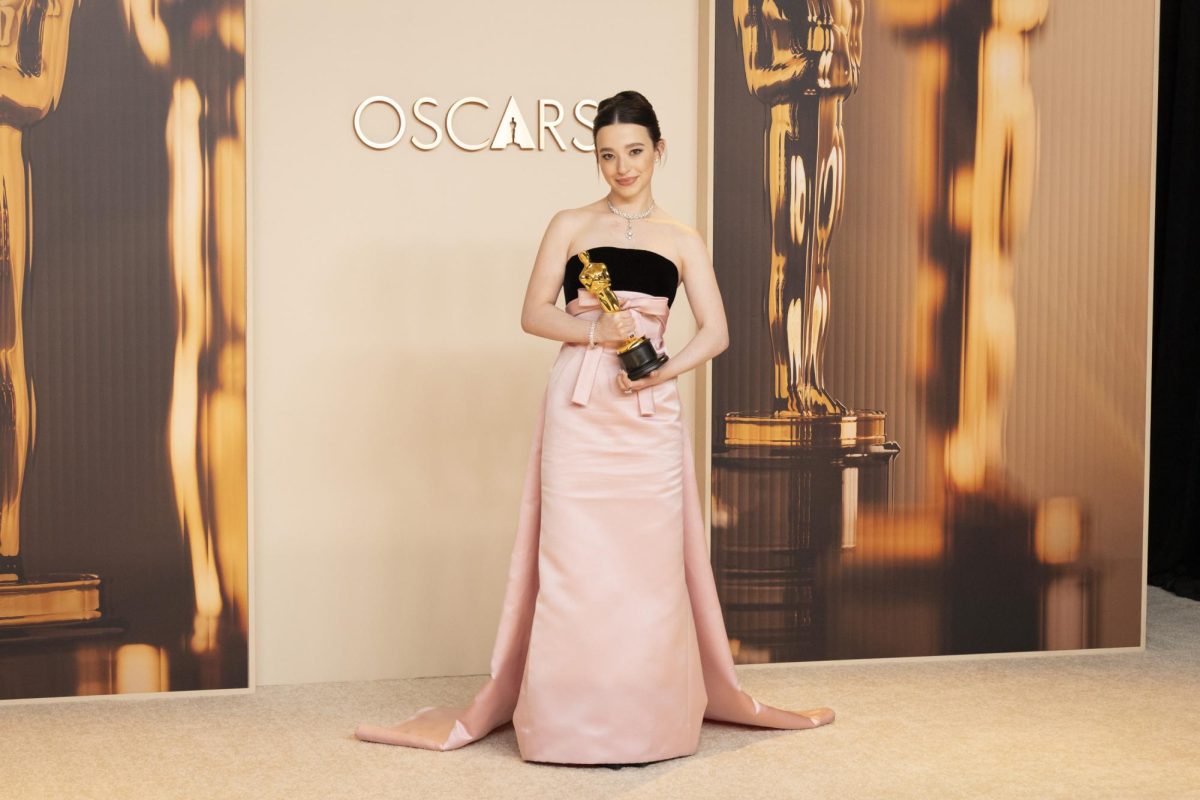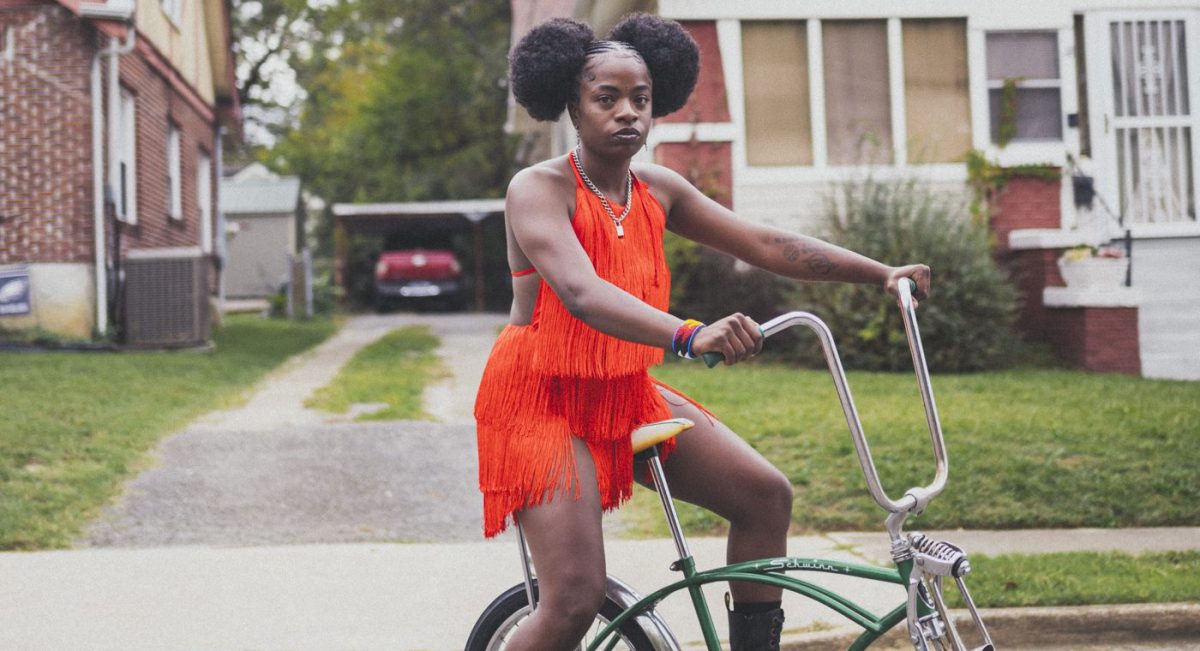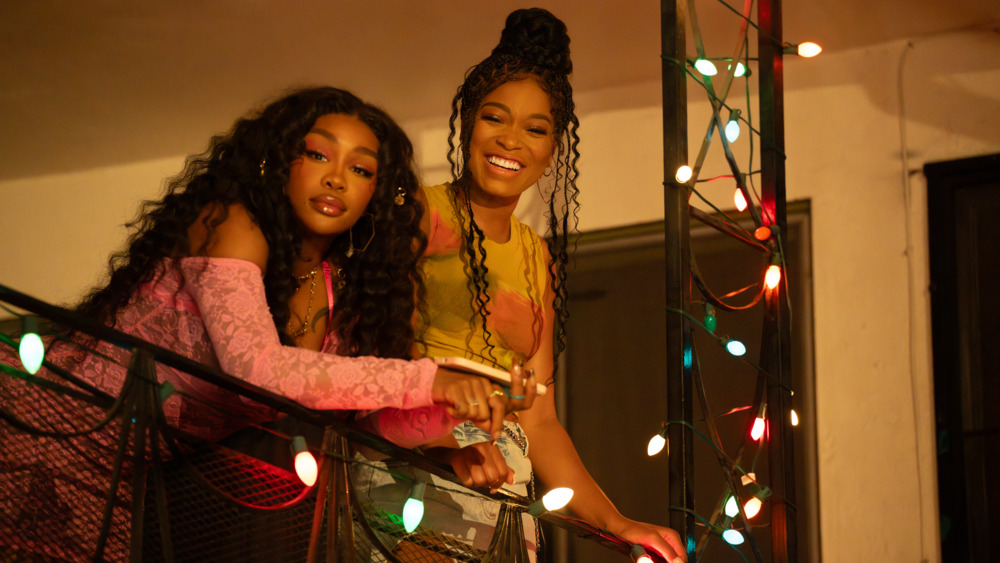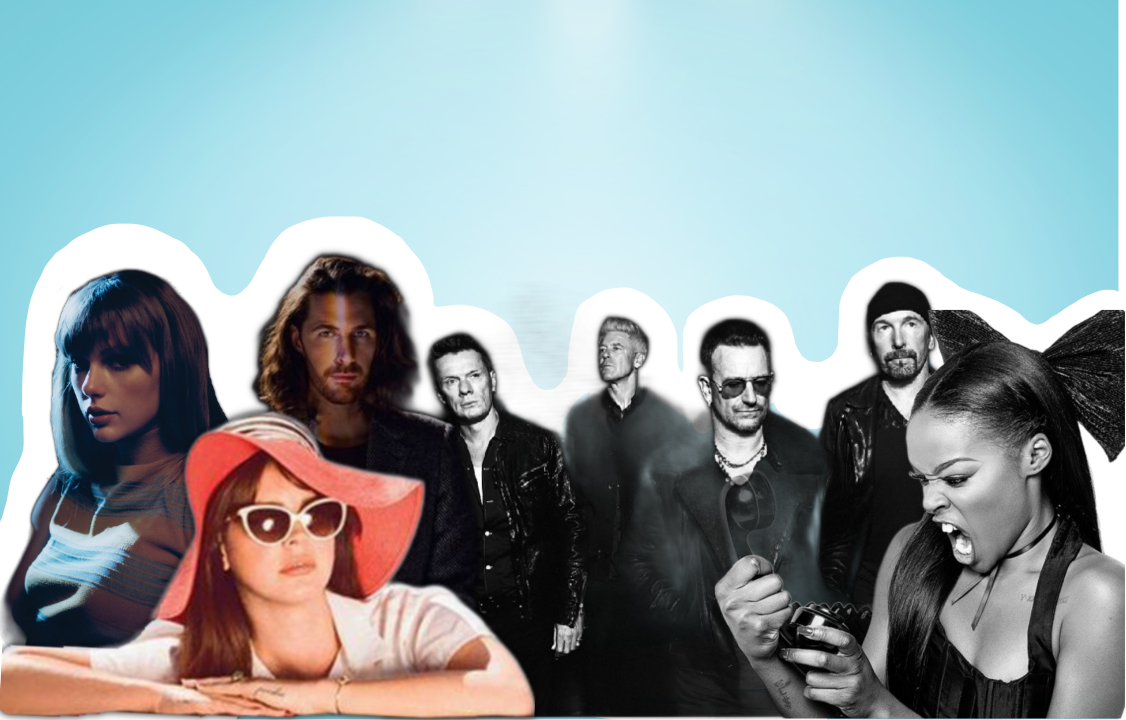Photo from DC.Com
Story by Larry Rincon
Superheroes have existed for thousands of years, but the beloved comic book superhero that we’re commonly used to has existed for just under one hundred years.
During that time, many franchises have been born, and hundreds of superheroes and variants of superheroes have been created. With those franchises extending their creations onto the big screen, one issue has been constant for many years: the lack of representation of minorities.
Now, this does not mean that Hollywood has not been casting African Americans or Latines for superhero roles. On the contrary, there have been so many superheroes played by non-Caucasian individuals. Zoë Saldaña played Gamora. Oscar Issac played Moon Knight. Sasha Calle most recently played Supergirl.
However, these characters were not actually originally written to be played by Latines. In fact, two of those characters are aliens from another planet.
There has never really been a Latine superhero in Hollywood, until now.
“Blue Beetle” released this past week starring Xolo Maridueña as the titular character, Jaime Reyes, who, after graduating returns home to find out his childhood home is being taken by Kord Industries. He gets a job with Kord Industries that results in him helping Jenny Kord steal the elusive Scarab. Eventually, the Scarab attaches itself to Jaime.
The movie was a typical superhero origin story. Jaime at first wants to refuse this newly formed bond between him and the Scarab (which he later finds out is named Khaji-Da). However, after his family is attacked by Kord Industries and Jaime is kidnapped, he rises to the challenge to keep the Scarab out of Kord’s hands.
It’s safe to say that “Blue Beetle” is a great addition to the brand-new DC that James Gunn is building. Gunn has confirmed the movie to be a part of his new universe. However, keep in mind that it is not chronologically the first.
The reason why I think that Blue Beetle is a great start is because DC is finally representing a racial group that has been ignored for the most part when it comes to live-action superhero films.
As a Latine myself, I never was able to grow up with a character of my racial identity as the main superhero. For years it has been white males leading teams and defeating villains.
I will highlight that Tenoch Huerta as Namor is not an exception since he was technically a villain in “Black Panther: Wakanda Forever.” Neither is Xochitl Gomez, as America Chavez in “Doctor Strange in the Multiverse of Madness,” a side character with superpowers. So, for the Marvel fans who want to argue that Marvel delivered first, they are wrong.
One of my biggest fears when it comes to big franchises creating movies on characters of a different race, is the stereotypes that can potentially come with. It’s always important to let people from specific races and ethnicities direct, write, and tell the story of their community.
Luckily, “Blue Beetle” does not fall victim. With Ángel Manuel Soto as director, the film has so many aspects of Hispanic culture and aspects of general Latine culture integrated. From family values to speech and mannerisms, there is so much to appreciate.
I loved the mix of English and Spanish dialogue with the sprinkled in Spanglish. Honestly, I was only slightly upset that there were subtitles for the Spanish portions in the film. There are a lot of ways that you can say simple phrases in Spanish, so not all the subtitled parts are 100% accurate. Sometimes not all of the Spanish dialogue got translated.
As a Spanish speaker, it makes me glad that the English speakers don’t get the satisfaction of understanding the entirety of the film. Native Spanish speakers have had to endure movies in the theater not being in Spanish for years, it’s only fair we share a bit of the experience.
The music and soundtrack for this film is another pleasant surprise. The number of nostalgic songs that were used added to the overall experience. A lot of Latines will recognize Selena’s “Bidi Bidi Bom Bom” or Los Tucanes De Tijuana’s “La Chona.” The music that was composed for the film was also cool with a lot of electronic instruments being used.
As much as I would like to praise all the actors individually for their talent and their excellent character portrayals, “Blue Beetle” needs to be appreciated first and foremost for the history it is making.
You can put any Latine actor on that screen, but at the end of the day, this film is going down in the history books as the first-ever live-action superhero film in Hollywood with a Latine hero.
This isn’t meant to discredit any of the cast. Right now, “Blue Beetle” is underperforming because of both the strikes going on in the film industry, but also the major shift from the DCEU to the new DC.
I encourage people to watch this movie to support the Latine community. This is the time to show support for a large community that gets underrepresented. If you are looking for new and innovative ideas, this movie is a great example.
Superhero films shouldn’t have to be trilogies or years of build-up — they should be, at face value, stories about characters and the way their culture and values affect them in their new positions as heroes.
“Blue Beetle” is the start of something new and incredible. I guarantee that we will be seeing more people of color represented in ways we’ve never seen before. It is up to moviegoers to decide if they’re not scared to join this revolution of representation.
To contact Lifestyles Editor Destiny Mizell, email [email protected]. For more news, visit www.mtsusidelines.com, or follow us on Facebook at MTSU Sidelines or on X at @MTSUSidelines.


